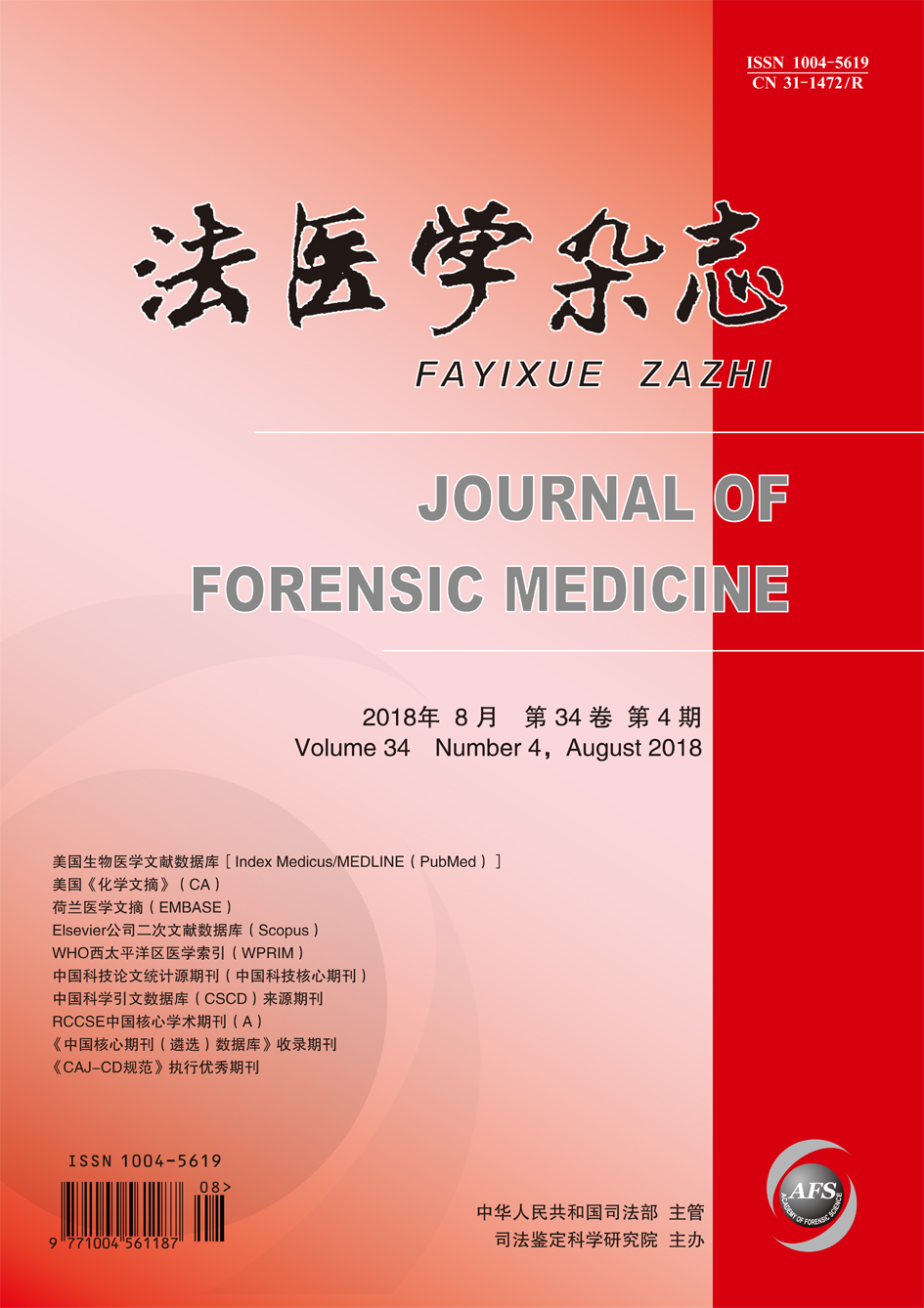|
|
Formula Derivation for the Probability Distribution of IBS Score in Unrelated Individual Pairs
ZHAO Huan-dong, ZHAO Shu-min, CHEN Yu-xiang, et al.
2018, 34(4):
370-374.
DOI: 10.12116/j.issn.1004-5619.2018.04.005
Objective To derive the probability equation given by STR allele frequencies of identity by state (IBS) score shared by unrelated individual pairs. Methods By comparing the STR genotypes of two unrelated individuals, three mutually exclusive combinations could be obtained: (1) sharing 2 identical alleles, a2=1, otherwise a2=0; (2) sharing 1 identical allele, a1=1, otherwise a1=0; (3) sharing 0 identical allele, a0=1, otherwise a0=0. And the IBS score of the one STR locus in this unrelated individual pair could be given by the formula: ibs=2a2+a1. The probability of a2=1 (p2), a1=1 (p1) and a0=1 (p0) were derived and expressed in powers of the allele frequencies. Subsequently, for a genotyping system including n independent STR loci, the characteristics of binomial distribution of IBS score shared by a pair of unrelated individuals could be given by p2l and p1l (l=1, 2, …, n). Results All the general equations of p2, p1 and p0 were derived from the basic conceptions of a2, a1 and a0, respectively. Given fi (i=1, 2, …, m) as the ith allele frequency of a STR locus, the general equations of p2, p1 and p0 could be respectively expressed in powers of fi: p2=2(■fi2)2-■fi4, p1=4■fi2-4(■fi2)2-4■fi3+4■fi4 and p0=1-4■fi2+2(■fi2)2+4■fi3-3■fi4. The sum of p2, p1 and p0 must be equal to 1. Then, the binomial distribution of IBS score shared by unrelated individual pairs genotyped with n independently STR loci could be written by: IBS~B(2n, π), and the general probability, π, could be given by the formula: π=■■p2l+■■p1l. Conclusion In the biological full sibling identification, the probability of null hypothesis corresponding to any specific IBS score can be directly calculated by the general equations presented in this study, which is the basement of the evidence explanation.
References |
Related Articles |
Metrics
|


